The 3-Week Shift That Changed Everything: A Google Trends + Claude Campaign Case Study
This case study reveals how analyzing 5 years of search patterns uncovered a critical timing shift—people were searching 11 days later than in previous years. Learn the practical workflow that helped identify peak search periods, optimize budget allocation by day of week, and build a data-backed media flight plan that got immediate client approval. Perfect for marketers looking to base campaign timing on actual consumer behavior rather than assumptions.
CASE STUDY HIGHLIGHTSINSIGHTQUICK TIPS
Eric Vissers
7/19/20253 min lesen
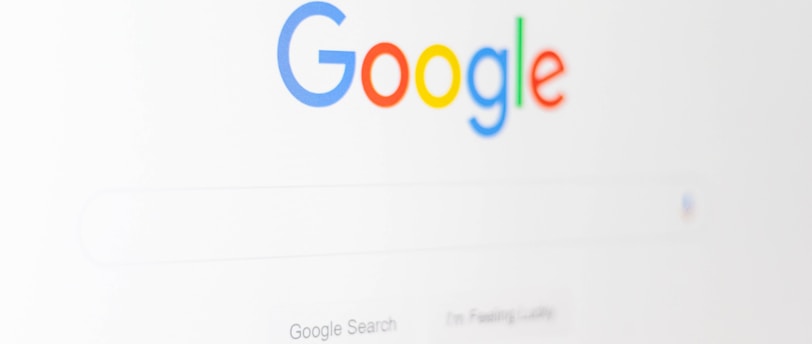

When I needed to make fast marketing decisions based on data rather than intuition, I found that combining Google Trends with Claude's analytical capabilities created a powerful workflow. Here's how I used this approach to guide a client's Valentine's Day campaign.
Finding the Right Campaign Window
I was working with a client promoting a product for Valentine's Day, and delivery timing was crucial. Using Google Trends, I pulled search data for keywords like Valentinstag, Geschenk, and Geschenk für Valentinstag (or simply geschenk valentinstag 😁) in Germany, then compared patterns across the past 4-5 years.
The data revealed something important: people were searching earlier each year, and search intent was peaking sooner than expected. This insight gave me confidence to recommend starting and ending the campaign earlier to avoid late orders and disappointed customers.


Source: By Christian Wiediger
Turning Data into Strategy with Claude
After exporting the Google Trends data as CSV, I uploaded it to Claude and asked for analysis on timing shifts, search spikes, and emerging patterns. Claude visualized the data and highlighted periods of highest intent.
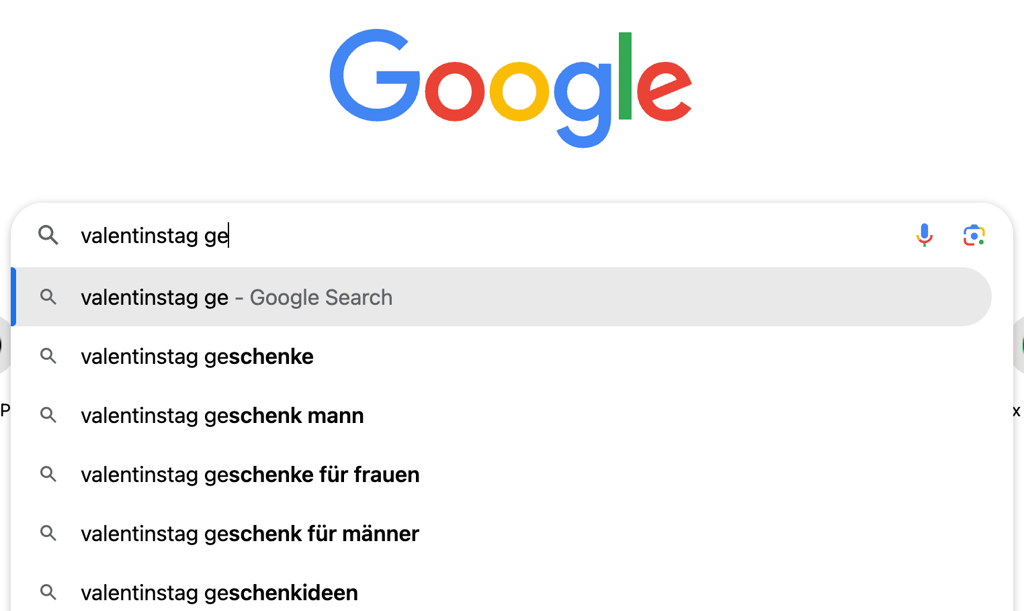

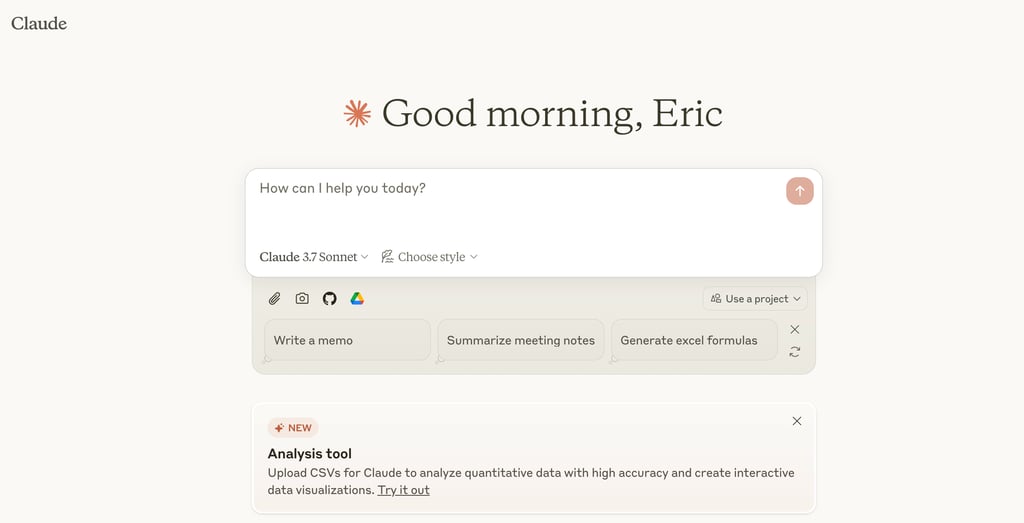

I then added context about shipping times, product availability, and campaign budget. With these factors, Claude helped me build a recommended media flight plan featuring higher pressure in early weeks followed by a strategic pullback before Valentine's Day.
To refine the approach further, I had Claude analyze brand-specific search trends during the same period. This revealed which days showed the highest direct interest in the client's brand, allowing for even more targeted spending.
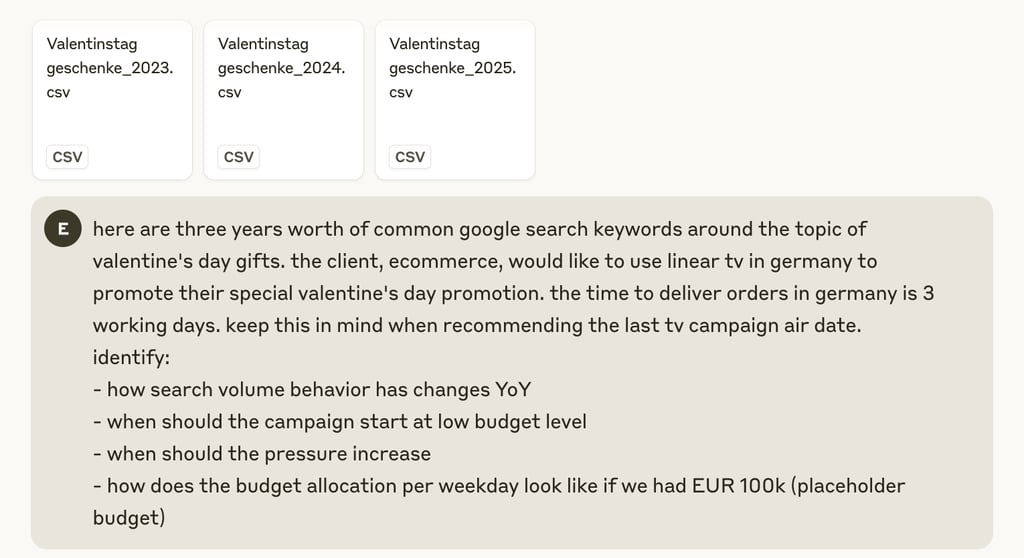

Creating a Data-Backed Brief
I compiled these findings into a recommendation brief that showed the trend data, our analysis process, and the strategic rationale. This approach demonstrated that our recommendations weren't based on gut feeling but on actual consumer behavior.

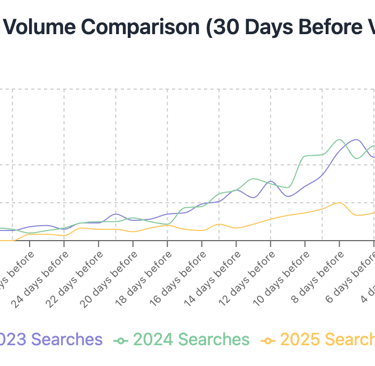
Analysis of Valentine's Day gift search trends from 2023-2025 shows that:
2025 shows a significant decline in overall search volume (-37% vs 2024)
Search interest starts later each year (18 days before V-Day in 2025 vs 29 days in 2023)
Thursday has become the highest volume day in 2025 (21.85% of searches)
In 2025, search volume peaks much closer to Valentine's Day (4 days before) compared to previous years
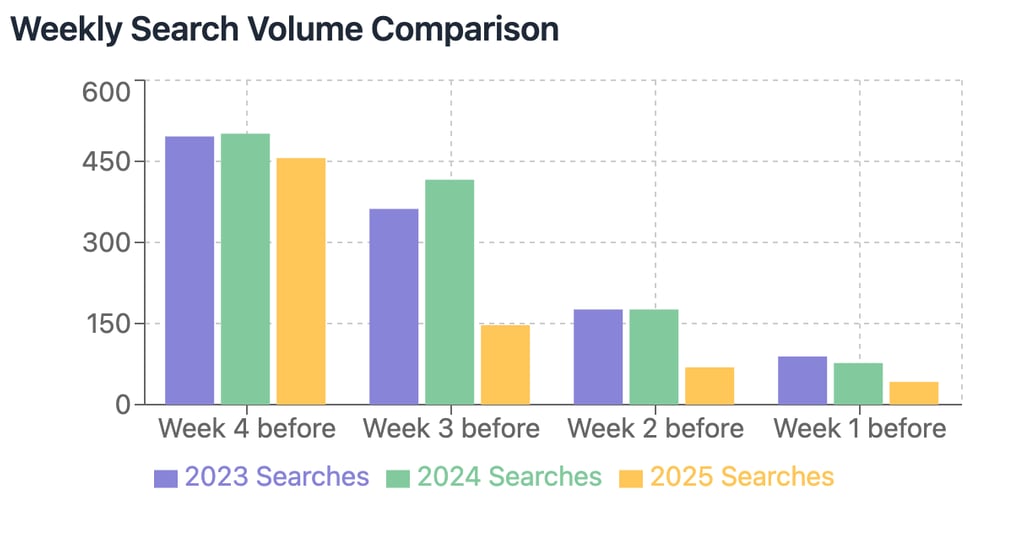

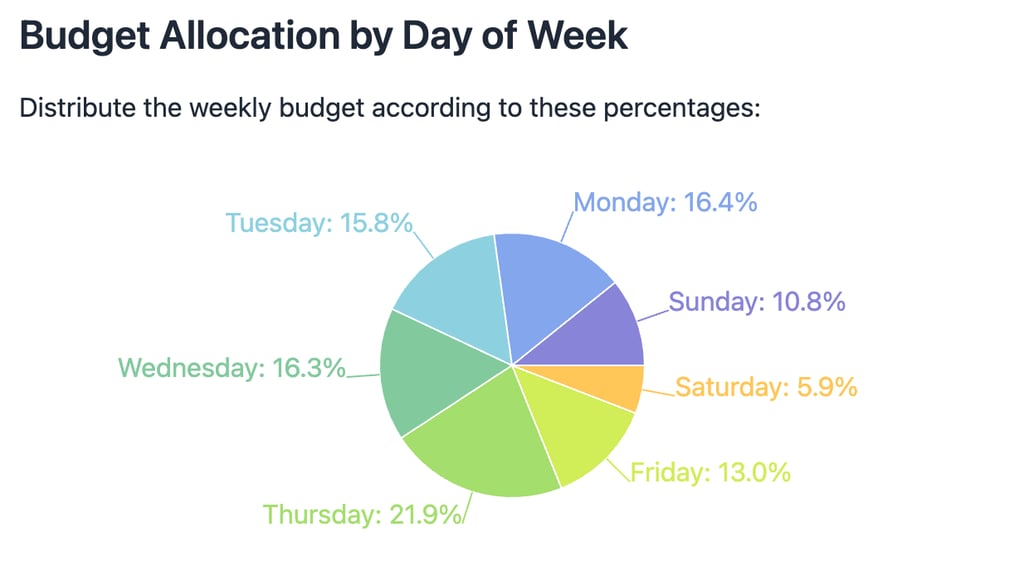

Note on Search:
The budget allocation shown here represents an initial AI-recommendation based on Google Trends search volume data. In practice, we refined these percentages by cross-referencing them with the client's actual website traffic patterns. This allowed us to ensure that search intent aligned with real e-commerce behavior. The final budget distribution shifted slightly from these recommendations to account for conversion patterns specific to the client's site, particularly around high-traffic days that showed stronger purchase intent versus just browsing behavior.
Note on Delivery Time:
The campaign must end by February 11th to ensure all orders can be delivered by Valentine's Day, considering the 3-day delivery window in Germany.
Why This Approach Works
Combining Google Trends with Claude creates a practical workflow for:
Identifying behavioral patterns
Validating campaign timing
Visualizing consumer intent clearly
Aligning media spending with actual demand
Best of all, this method works for any seasonal campaign—Mother's Day, Back-to-School, Black Friday, Christmas or any other shopping event.
It's essentially a way to turn trend noise into a clear signal—and ultimately, a smarter marketing plan.
My two cents:
While this Google Trends + Claude workflow has proven highly effective for seasonal campaign planning, I recognize that the search landscape is rapidly evolving. With the growing adoption of AI as a primary search, filter and discovery tool, traditional search volume data may become less representative of actual consumer behavior over time. This approach remains valuable today, but marketers should stay alert to emerging patterns in how consumers discover and research products, particularly as AI-powered search experiences become more prevalent. The methodology may need to adapt as these new behaviors take hold.
